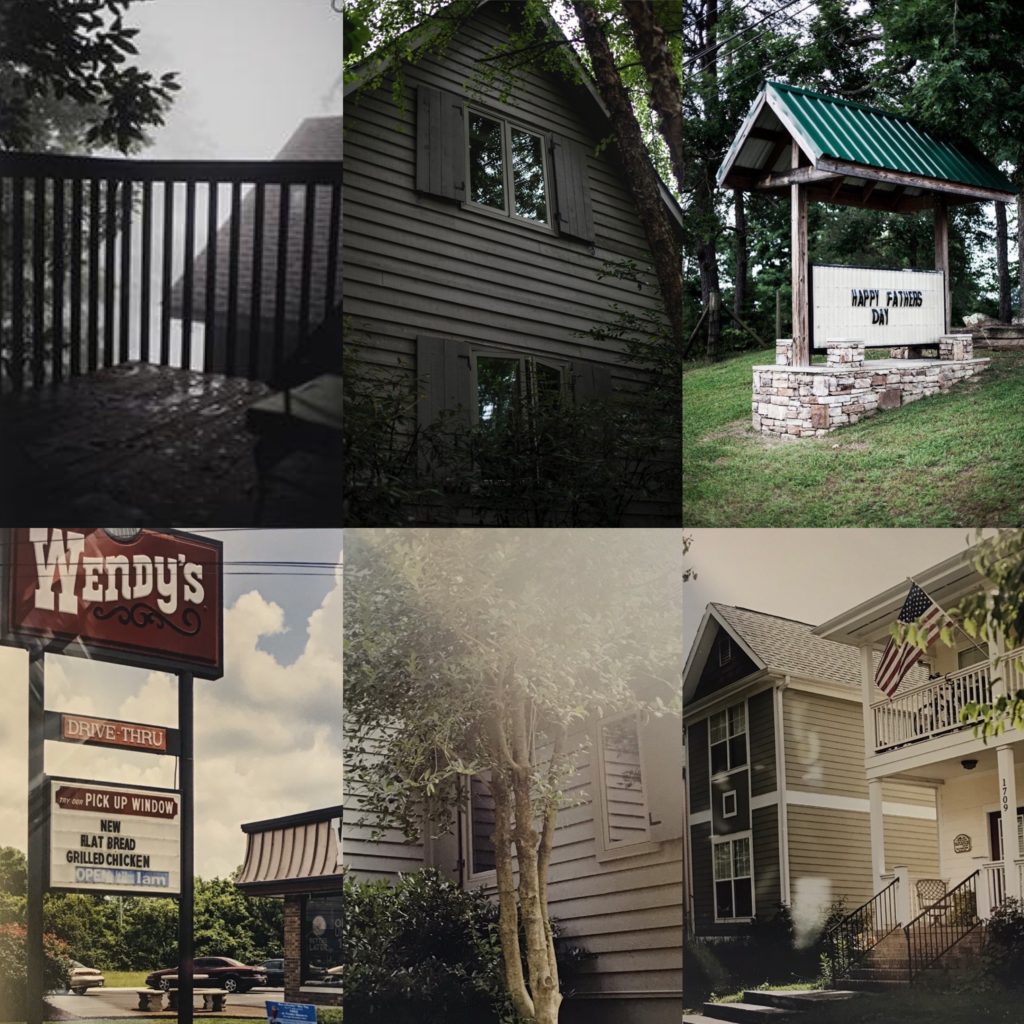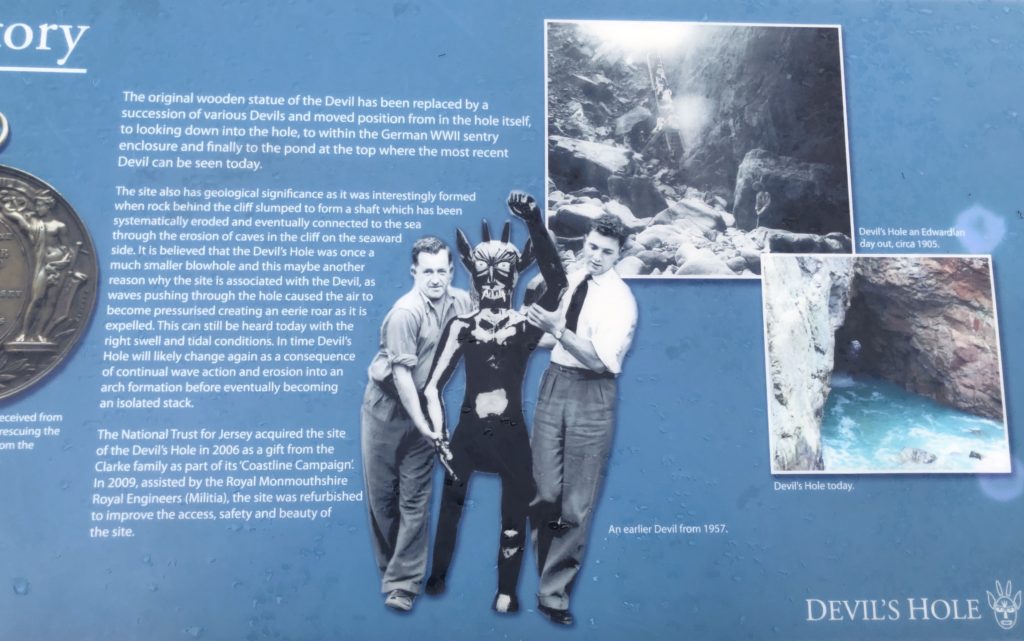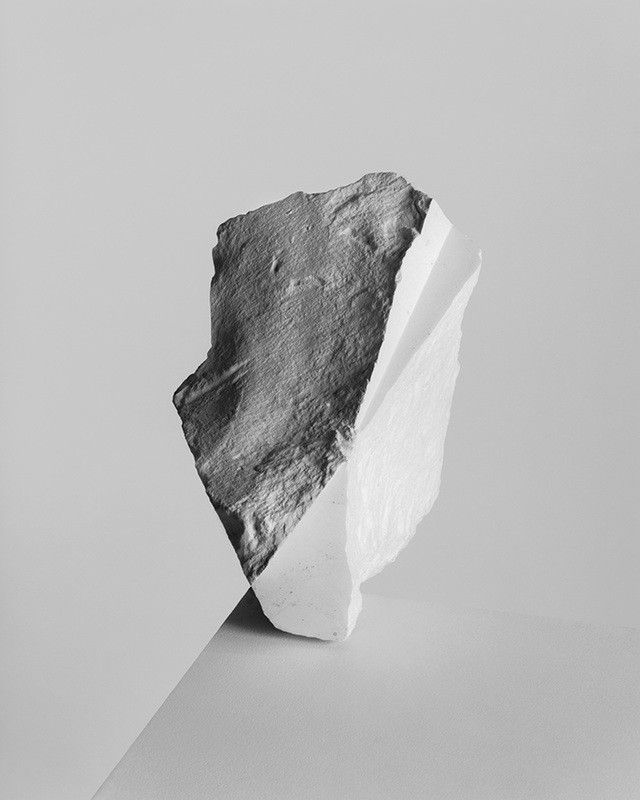Essay question: How do Diana Markosian and Rita Puig-Serra Costa, express the notion of family history and relationships in their work?
Opening quote
"If manipulation is the first thing someone thinks of in connection to photography, what that does that say about the value of the photograph as a reflection of reality?" (Bright and Van Erp 2019:17)
Introduction (250-500 words): What is your area study? Which artists will you be analyzing and why? How will you be responding to their work and essay question?
My area of study Will be focused on my family's history, more specifically the story of both my parents and important events in their life which lead to me being where I am today. I have chosen to analyze Diana Markosian because her project "inventing my father" contrasts directly with Rita Puig-serra Costa's study "where mimosa bloom" which I will also be referring to throughout this essay. I like the way Diana explores the absence of her father in her life in such a personal and raw way, as I think it makes people able to empathize with her. Equally, I think the way Rita explored her family through the use of archival images and objects was very effective as it really conveyed a sense of love and importance of family. I decided to really focus on these two photographers throughout my personal study because I could personally relate to the different ways both artists portrayed their family, as I think on one hand I have a close bond with certain members of my family, and due to my Portuguese heritage, family has always been of great value to me. However on the other hand, due to my parents divorcing I have also experience the lack of a parent in my life.
Pg 1 (500 words): Historical/ theoretical context within art, photography and visual culture relevant to your area of study. Make links to art movements/ isms and some of the methods employed by critics and historian.
Realism is the concept of capturing things in their natural element. This style of photography is most useful when trying to capture something such as family history, as documentary style photography allows us to be able to see someone's real life situation through a photograph. Photographers such as Dorothea Langue and Paul Strand focused on documenting the effects of urbanization and industrialization on working class Americans. This was something very prominent at the time of this movement, as the great depression in 1929 left a lot of people struggling. We now see this type of photography as Photojournalism. I feel as if this movement fits in well with my personal study as it recognizes the importance of capturing raw, documentary style images which I think is important when exploring something as personal as a family’s history, especially when it involves immigration and the struggle surrounding that journey. Images of this sort are characterized by having a wide depth of field and having sharp focus which contradicts the pictorialist style.
Pg 2 (500 words): Analyse first artist/photographer in relation to your essay question. Present and evaluate your own images and responses.
In my opinion, Diana Markosian uses an untraditional method when exploring the family concept in her projects. Instead of focusing on positiveness, and happiness, she focuses on the negative aspect, which is the fact that she grew up without her father figure. I think this makes her work stand out amongst other photographers who explore the notion of family relationships, as it's more truthful and goes against the dominating stereotype that every family is perfect. This view is put across to the audience through her work as she uses a lot of black and white images which present a sense of emptiness or despair and make her images feel cold. She also uses archival images, which would otherwise portray a sense of happiness, alongside the black and white images which instead give the audience a slight sense of resentment.
Pg 3 (500 words): Analyse second artist/photographer in relation to your essay question. Present and evaluate your own images and responses.
Rita Puig-Serra takes a completely opposite approach when compared to Diana Markosian. Throughout Rita's body of work, "where mimosa bloom" it is clear that the project, which is an homage to her mother, is very thoughtful, and shows a clear overpowering sense on love for her family. This can be seen through many aspects of her work, including the light colour scheme throughout her images as she effectively conveys a sense of delicacy through a pastel colours and also the metaphorical link to mimosa, a brightly coloured type of plant which is very graceful and lively.
Conclusion (250-500 words): Draw parallels, explore differences/ similarities between artists/photographers and that of your own work that you have produced
Differences:
.Sense of hatred vs sense of love
.Black & white/cold composition vs. delicate/thoughtful composition
Similarities:
.Archival images/objects (however one portrays them as positive, and other photographer portrays it as negative)
Bibliography: List all relevant sources used













